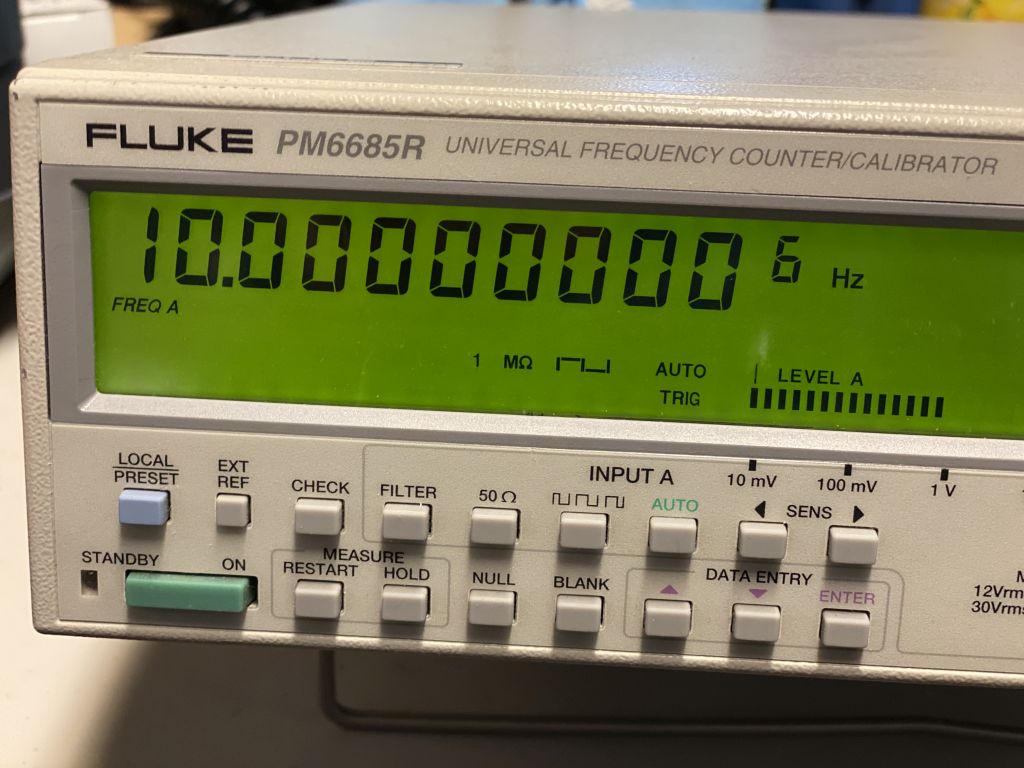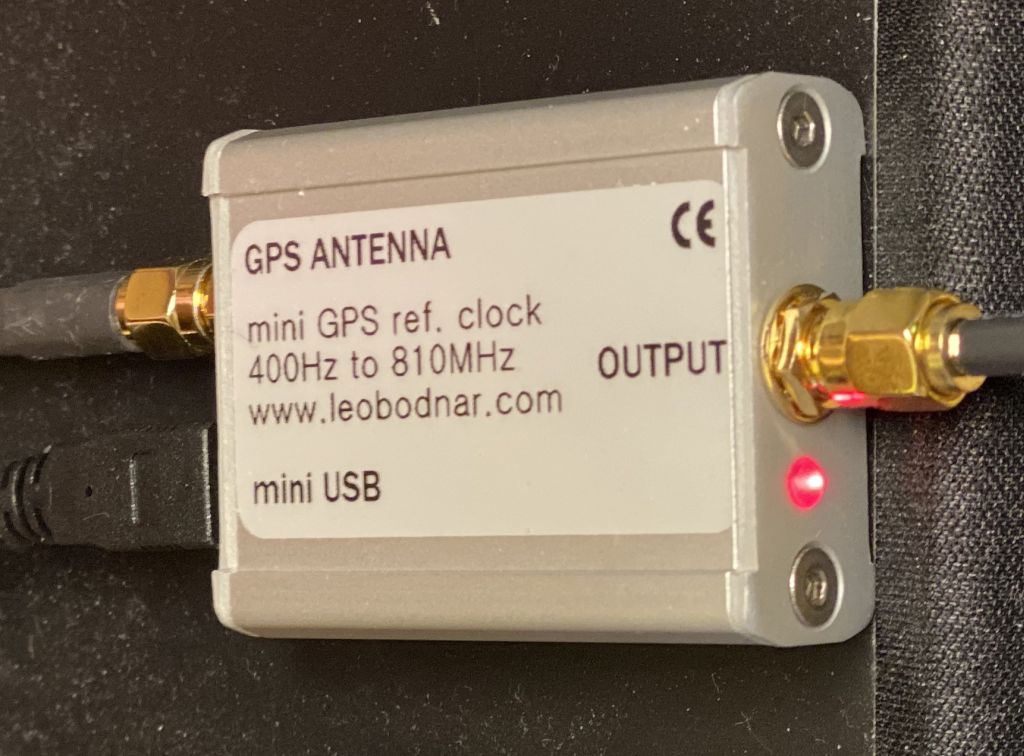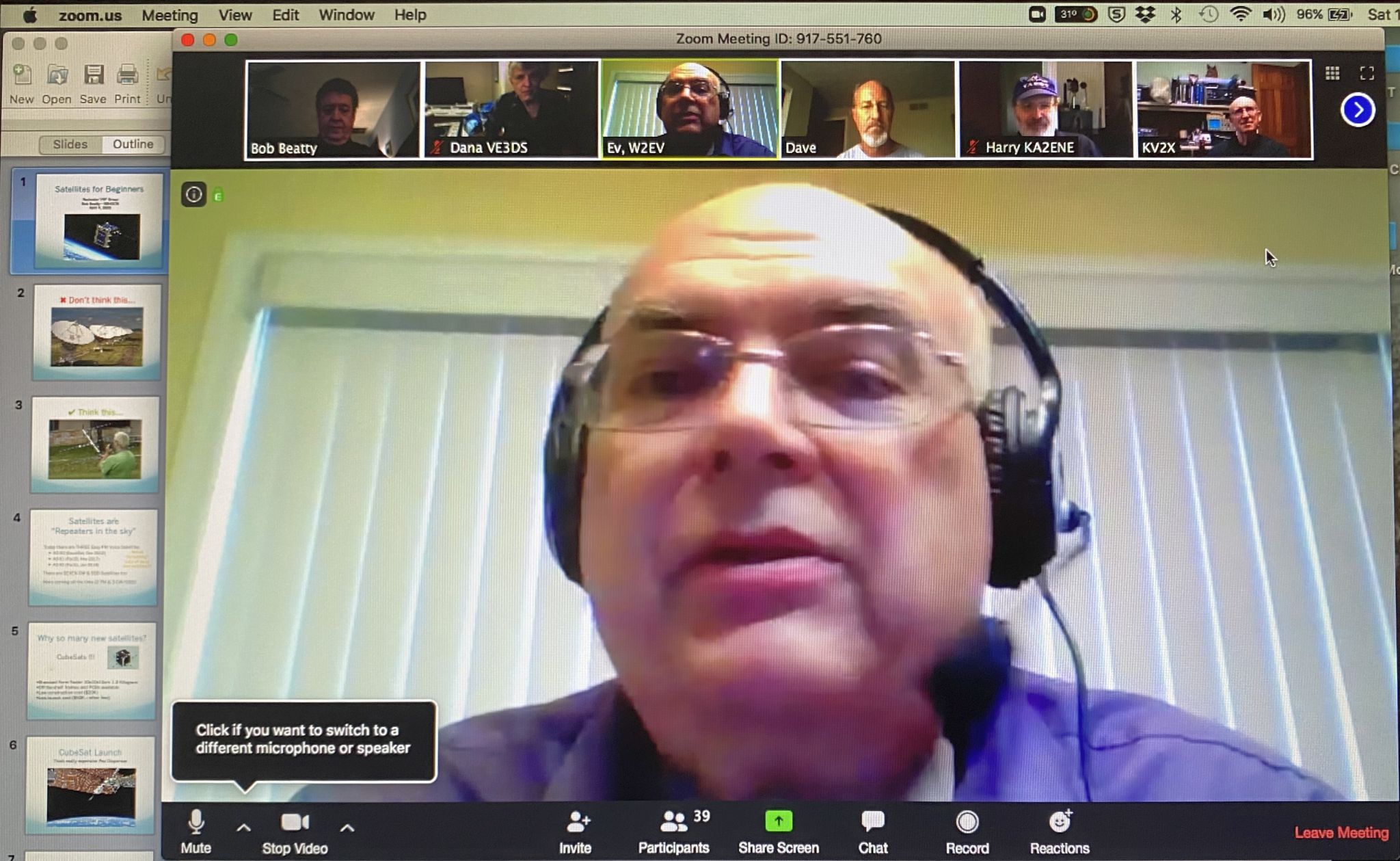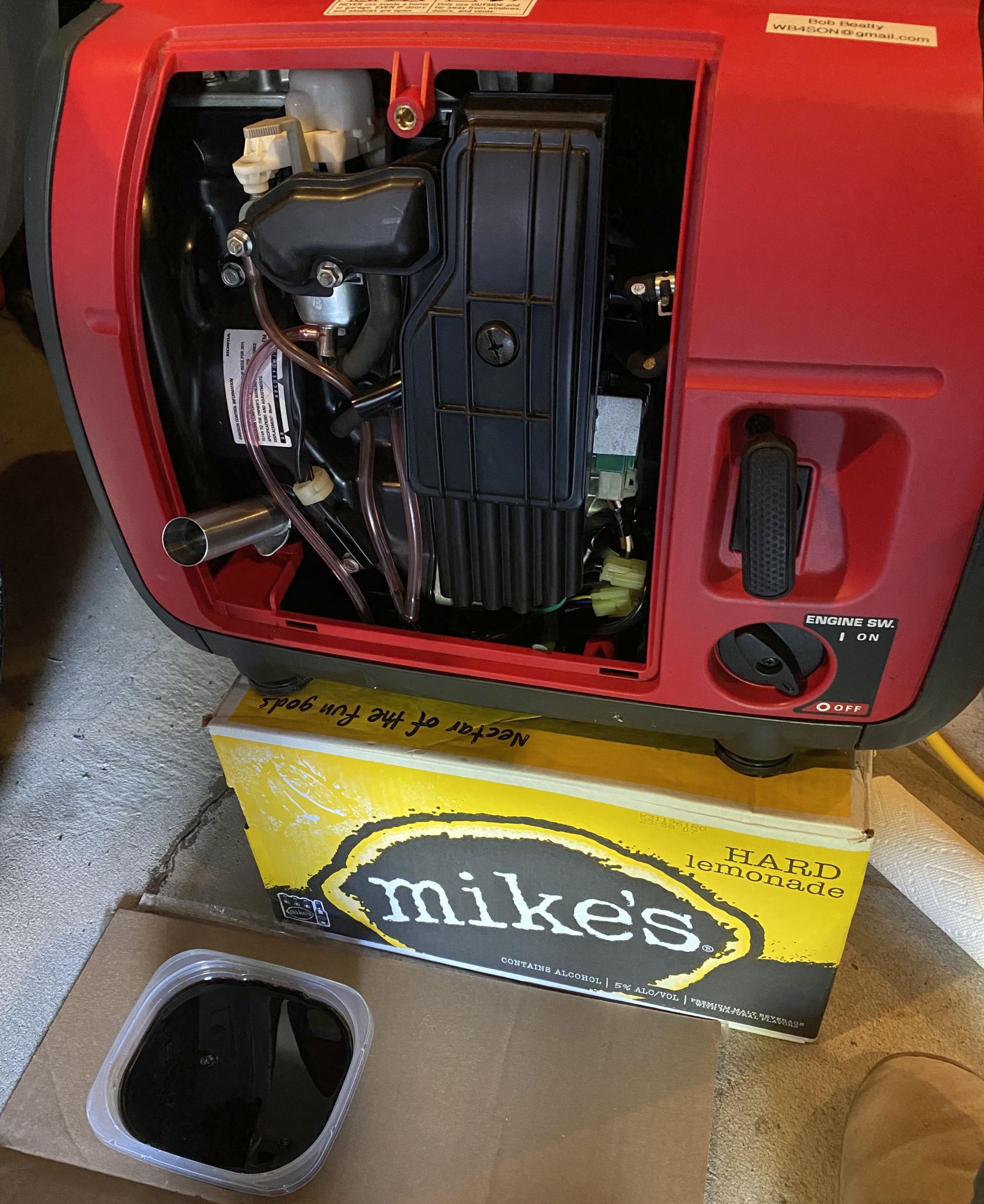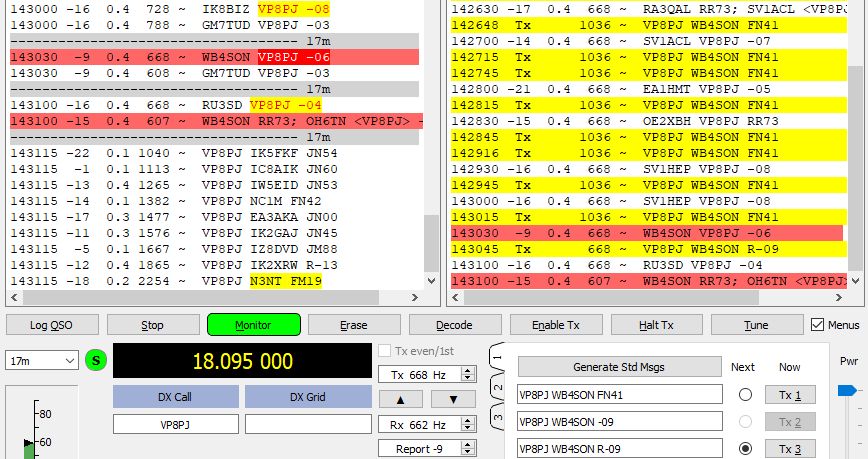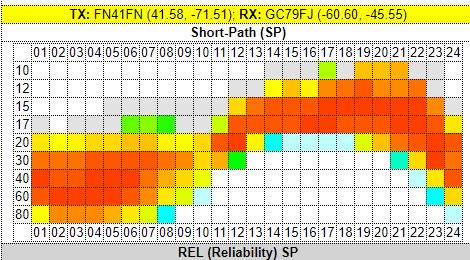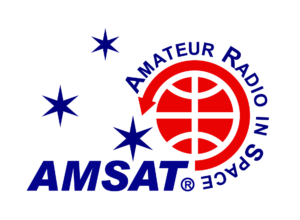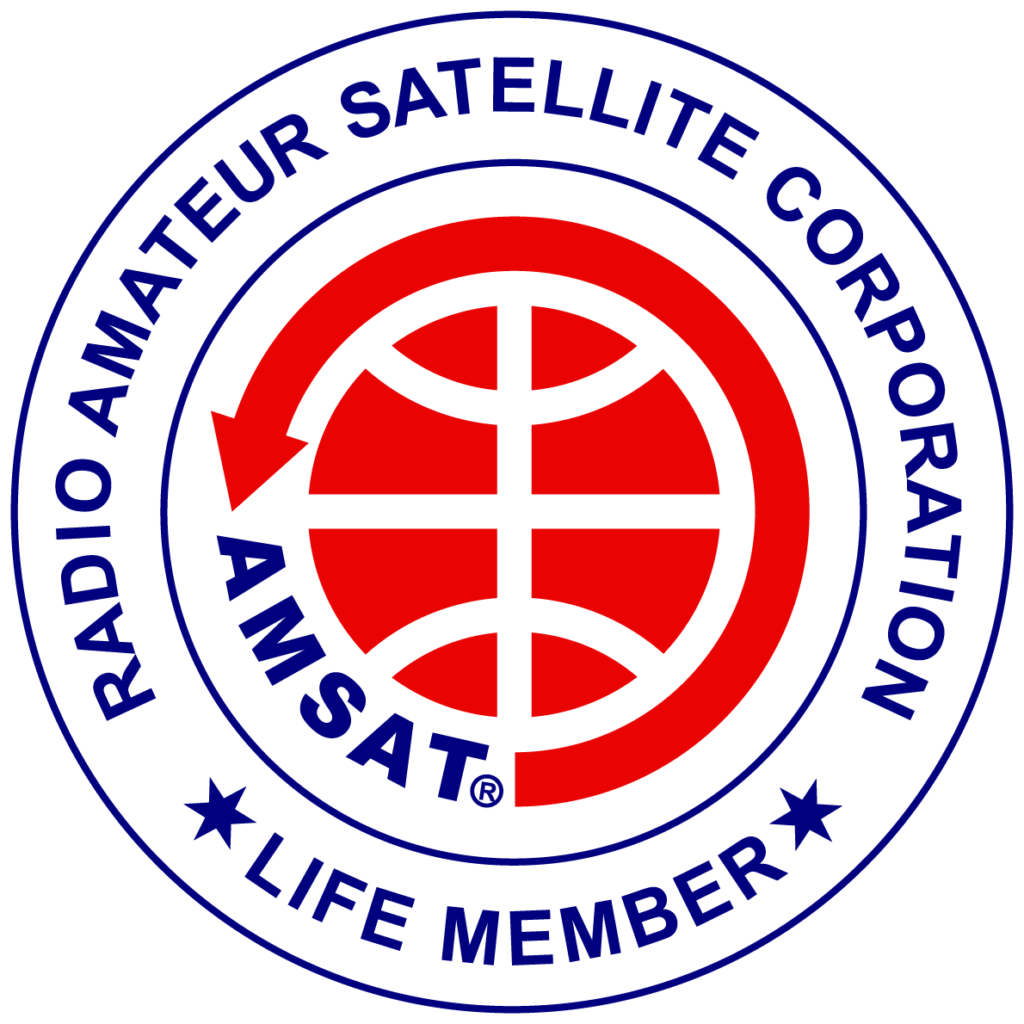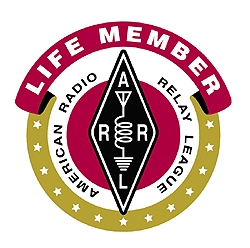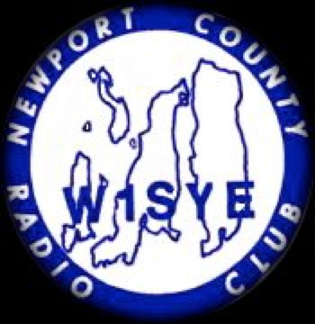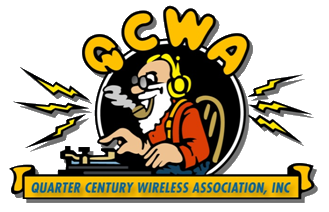Late last year, I purchased a FlexRadio 6600M along with its companion “Maestro” remote head. I had the radio installed in my basement shack (I call it the Wombat Room, but everyone else calls it the furnace room), and I kept the Maestro in the 3rd floor bedroom. My morning routine included doing at least 45 minutes of PT upstairs, and usually chatting with some friends up and down the East Coast on 20 meters. Things worked well for about five months.
After powering the radio off about ten days ago to do some cable management (clean up the rats nest of coax and other assorted cables — what fool decided to call this “wireless”?), when I powered it back on a few days later, it did not start up properly. It complained about having no Ethernet connection. I tried all the user manual things (warm reset, cold reset, swapping cables, etc.) with no luck. I reached out to Flex Service and Tim Ellison, W4TME, quickly responded. He suggested that a microSD card, used to boot the internal mini PC had become corrupted.
I got an email from Tim today telling me that the card had been delivered and asking if I had tried things out. That caught my attention – Tim was more aware of what was going on outside my house than I was. Sure enough a package was in the mailbox with the SD card. Within 30 minutes I had the cover off, and the new card installed. As Tim suggested, it was the cure. My FLEX6600M has been restored to operation!
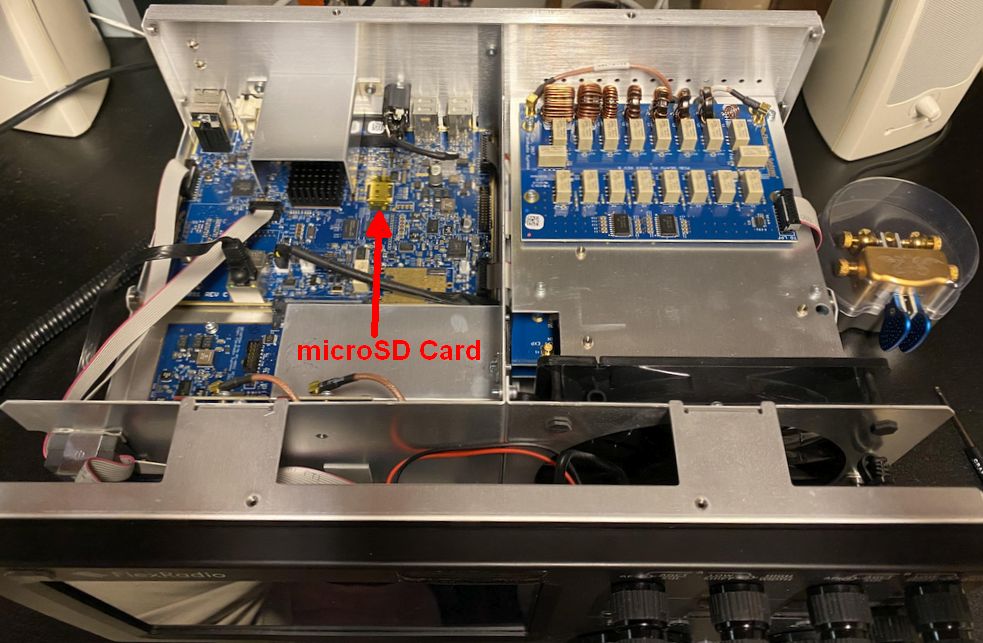
It’s a bit scary to think that a dead SD card took me down for a week, and I’ve decided to run the radio off of a UPS just so nothing funny happens with the power supply (not that I had noticed anything strange with the house power in the past few weeks). But the story has a happy ending, and Flex Service was great. Thanks Tim!


